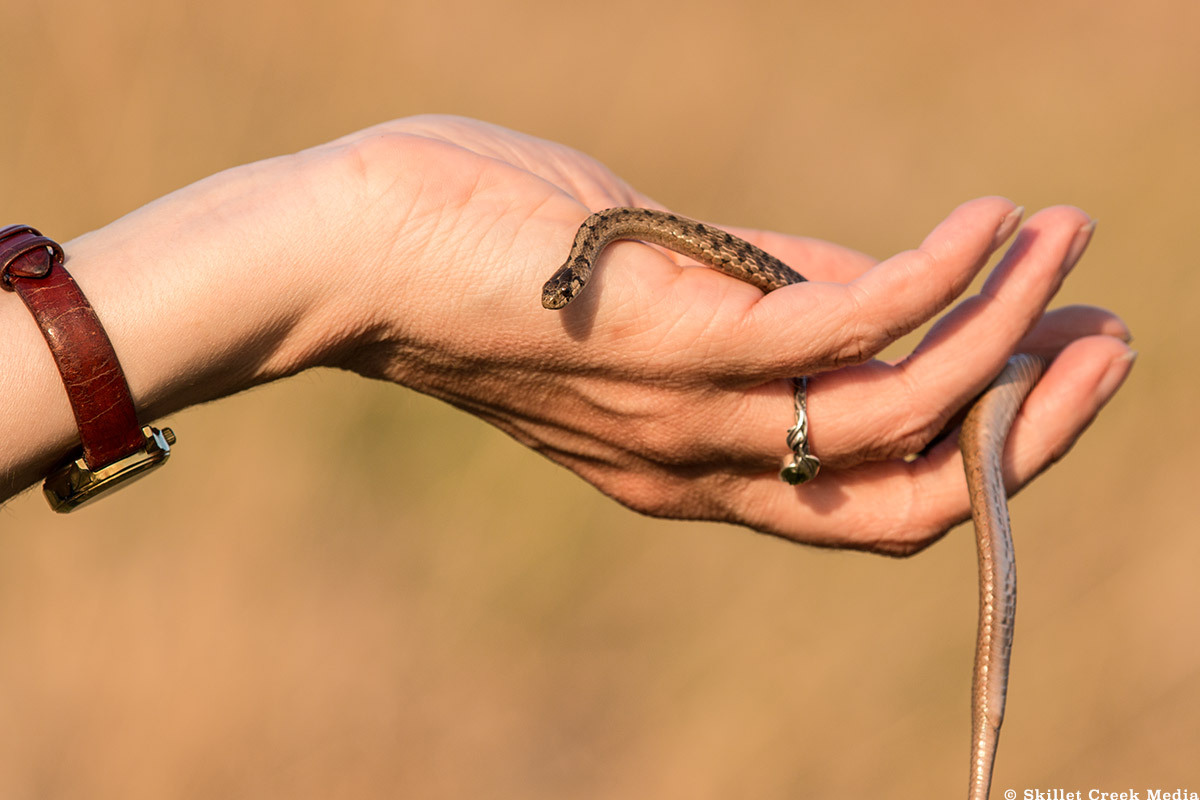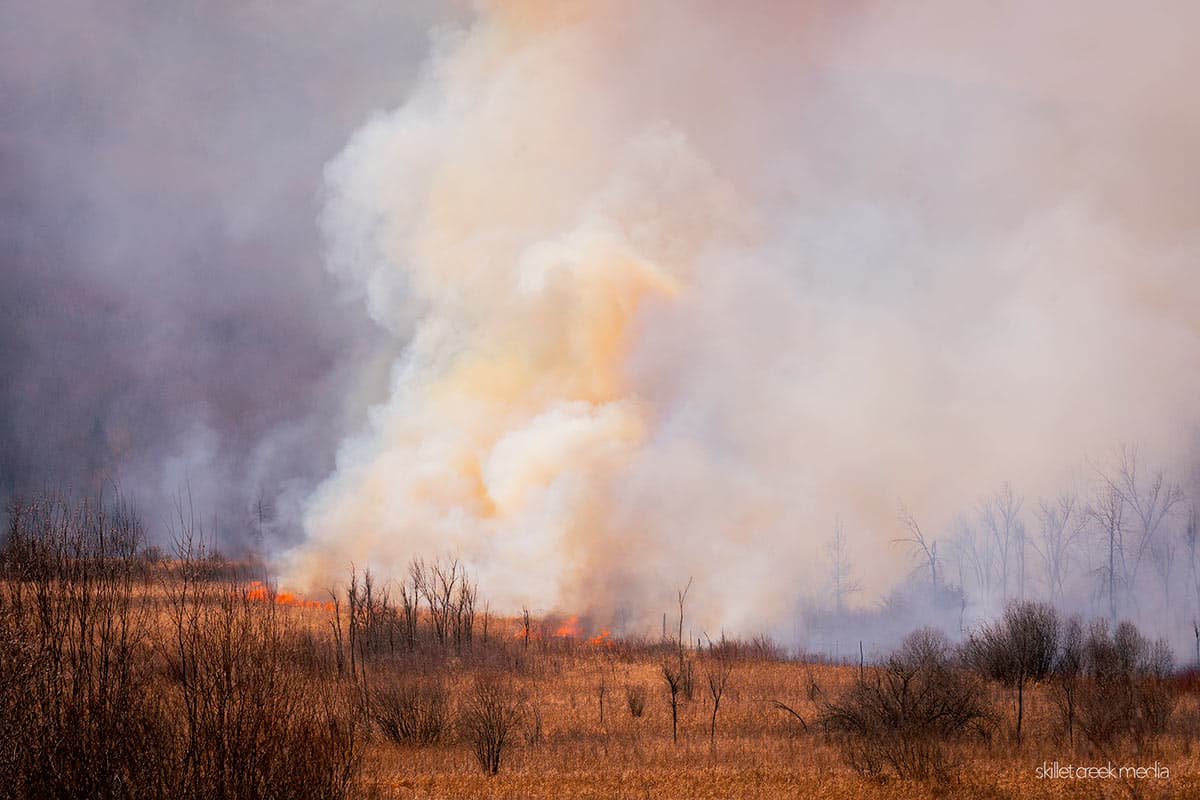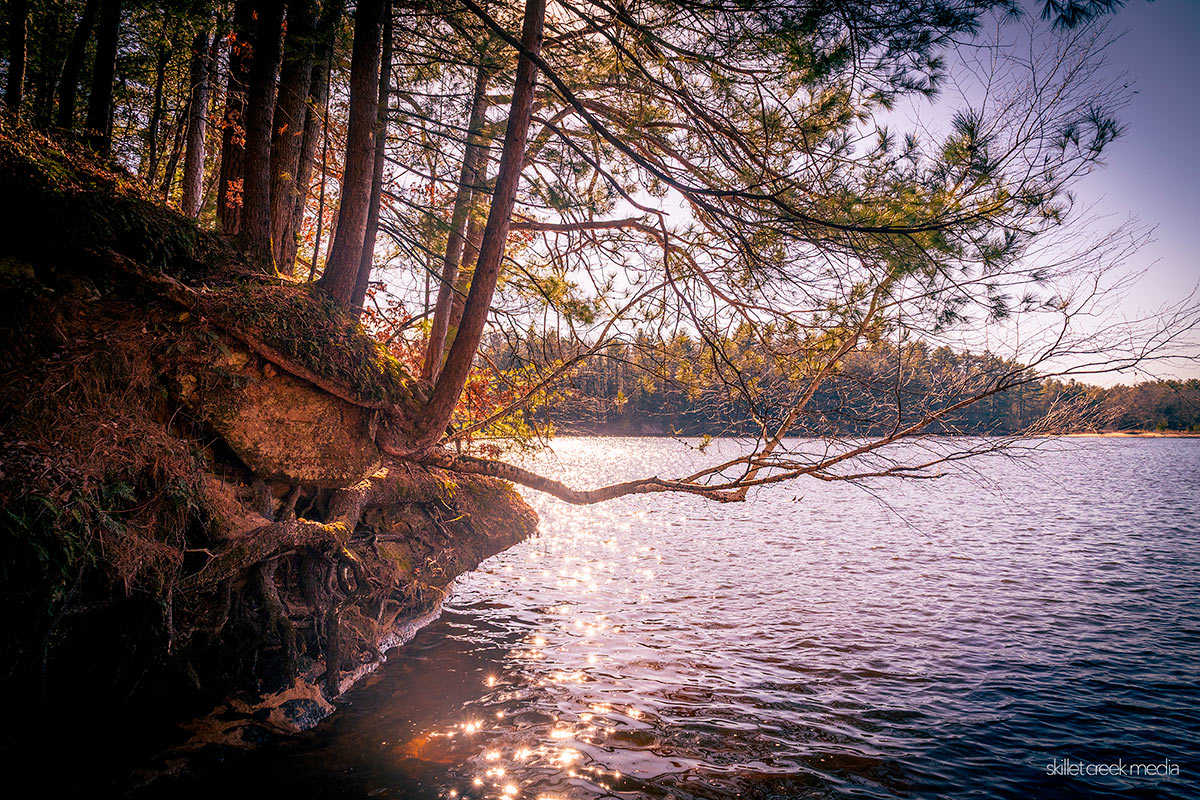Yesterday, March 18th, a prescribed burn was carried out on Devil's Lake State Park's Roznos…

OK. Well, I think a lot of folks learned or relearned how busy Devil’s Lake State Park can get on a sunny holiday! How was your experience over Memorial Weekend?
Well, one thing we wanted to touch on since they can’t speak for themselves, is that the park has snakes, frogs, and turtles along the lakeshore. Please leave them be. Thanks!
I totally understand! When you don’t see “wild” critters that often, you don’t know exactly what they are or how dangerous they are. And those of you with good hearts, sometimes wonder if they are OK or if they should be moved out of the commotion or out of the waves. (Yeah, it was windy this weekend!)
So, part one; The snakes you see swimming along the shoreline are most commonly northern watersnakes. They are essentially harmless unless you corner them or try to pick them up. Don’t. Just move out of their way. They can bite, and while they are not poisonous, it still smarts a bit! (And no, they are NOT chasing you…) Yes, there are rattlesnakes at the park, but not every snake you see is a rattlesnake. What’s more, rattlesnakes tend to stay up in the hills and are rarely swimming in the water. If you are concerned about rattlesnakes, please click here and learn more about them in the park.
On to the second issue, safety. Critters that live along the shoreline have always dealt with wind and waves. Just like us, some days they probably curse the weather! But, the lake is where they live and they are well able to handle the conditions, even if you see them getting tossed around a bit. They are OK. The last thing you want to do is remove them from their home! You don’t need to take them to a warden or to some other park staff for safety from the weather.
What about safety from people? Well, that’s another issue entirely! If you see anyone harming, chasing or otherwise abusing park wildlife call or text 1-800-847-9367. They will dispatch a warden asap. If you feel the situation can’t wait, then use your best judgment of course. But, most of the time, animals are safest where they live.

For nearly 2 decades the Skillet Creek blog has focused on 3 main goals; To inspire you to visit and explore the Devil’s Lake region, to help you get the most your visit by sharing tips, events, and other helpful information. Lastly to advocate for our environment & wildlife and talk about how we can keep our natural areas amazing now and into the future! That last goal can sometimes cause controversy, but it’s the only way we can accomplish the first two. – Derrick Mayoleth, Owner.



